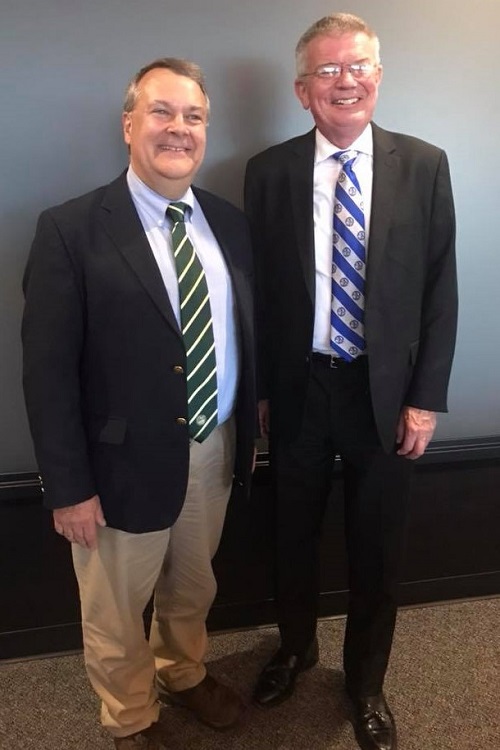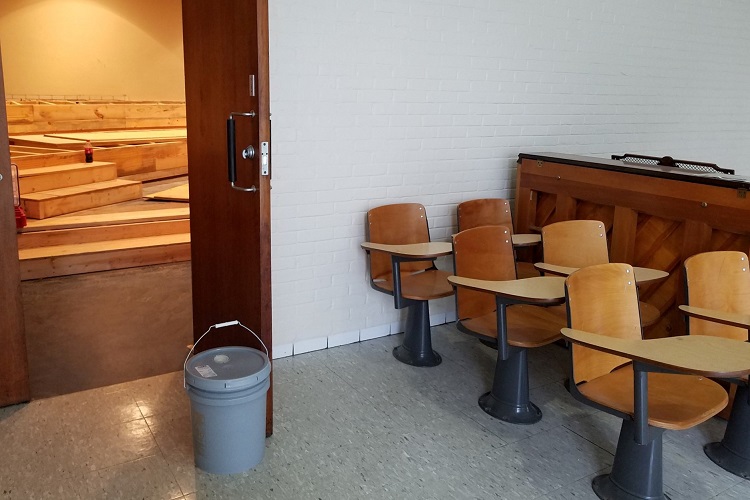It’s been awhile since we checked back with Friedrich Wyneken, missionary pastor to Indiana, Michigan, and Ohio, who was so instrumental to the formation of CTSFW. We’ve missed a couple of 180 year anniversaries of his missionary journey into and around Fort Wayne.
On October 2, 1838, Wyneken reported on a cholera epidemic, devastating the people: “On the whole, from a human point of view, the time in which I traveled was an unfortunate time to work for God’s kingdom. Sickness raged everywhere. Often I entered a town where not one house was without a sick person: In many homes, everyone was sick, so that often my gatherings were very small.”
The congregations that gathered to hear him were small, struggling with sickness and in need of organization. A couple of weeks later he visited an area where the German settlers “belonged to no church.” Wyneken tracked them down at the taverns, dragging them by verbal argument to an evening worship service, after which he lectured them into agreeing to gather in prayer on Sundays.
His journey took him along the Wabash-Erie canal and the present rout of US 12. Six weeks of traveling throughout northern Indiana and South Central Michigan to determine where congregations could be gathered and begun, he finally returned to Fort Wayne on November 16, 1838.
At that time he was told (via letter) by the Mission Society who had sent him to accept the call as pastor at St. Paul’s here in Fort Wayne and to simultaneously remain a missionary. At that point Wyneken knew it was too much work for one man, and suggested they find and call more preachers to the area, asking that he be dismissed from missionary service. Wyneken would spend that Advent and Christmas in the area, but only because his horse was lame.
It would be another 7-8 years before formal classes began for the Seminary in Fort Wayne, but you can see where Wyneken’s understanding of the deep need of the Lutherans in American started. In 1842 he would visit Germany and write the “Notruf” (“The Distress of the German Lutherans in North America”), which directly led to the formation of the LCMS and CTSFW as the practical seminary to help meet the desperate need of the German settlers. They were spiritually starving, and the laborers were too few.
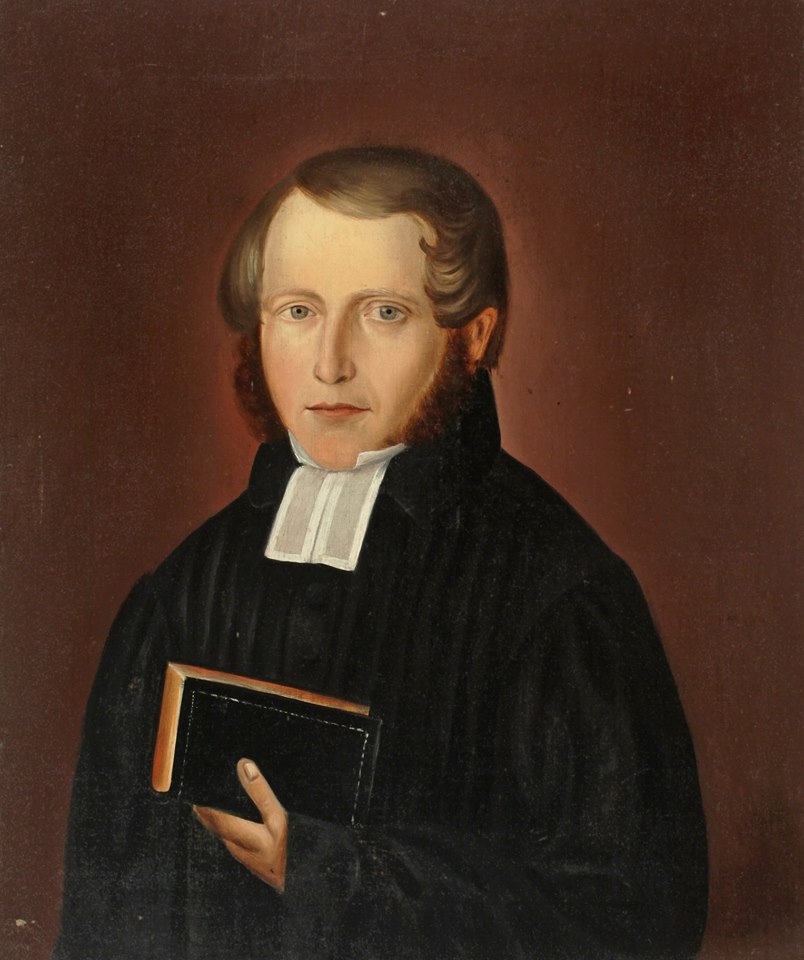
This information gathered from the following posts, written by one of our librarians, Rev. Robert Smith. To read more about Wyneken’s missionary work in detail, go to:
https://whatdoesthismean.blog/2018/10/02/2253
https://whatdoesthismean.blog/2018/10/19/wyneken-heads-south-to-the-wabash
https://whatdoesthismean.blog/2018/11/16/friedrich-wyneken-returns-to-fort-wayne
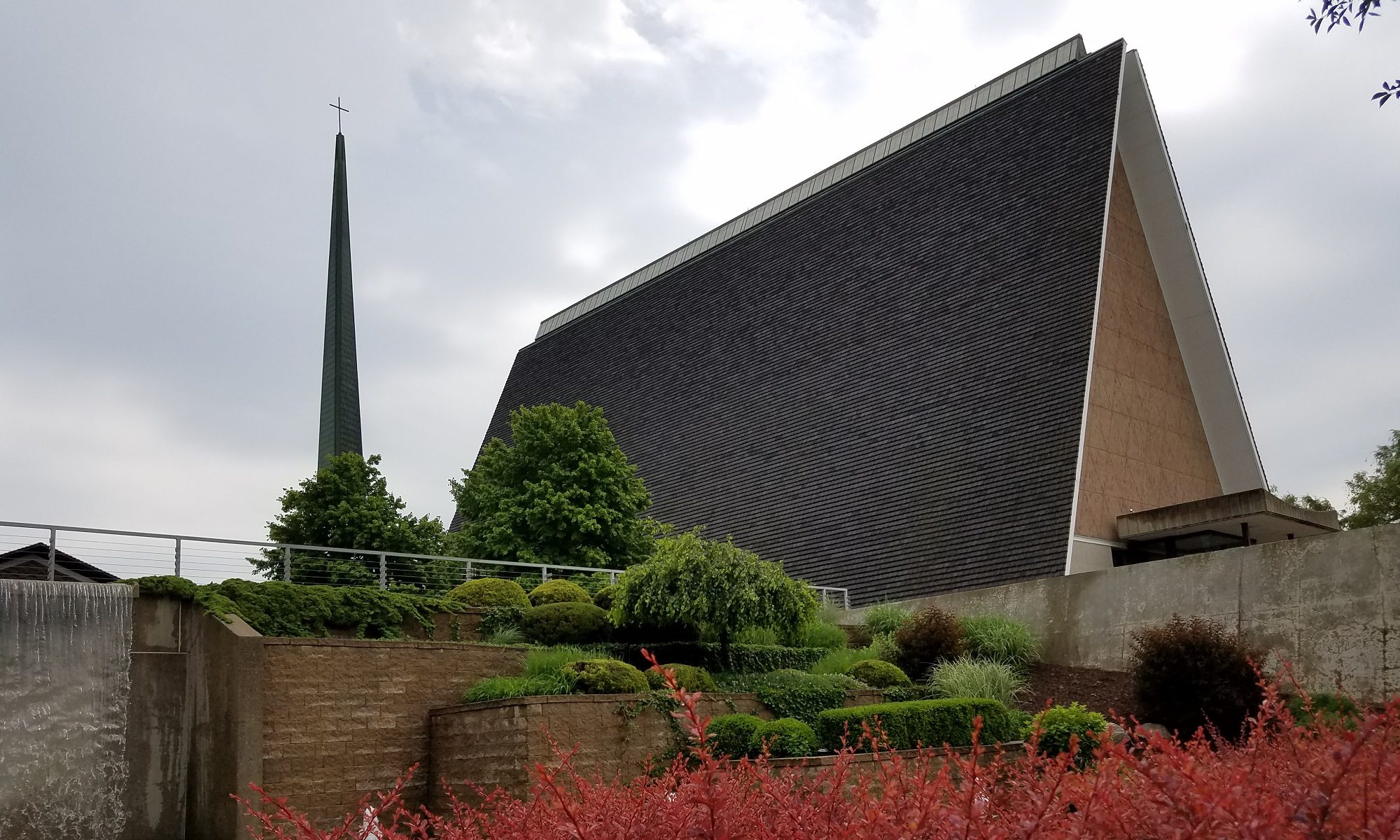
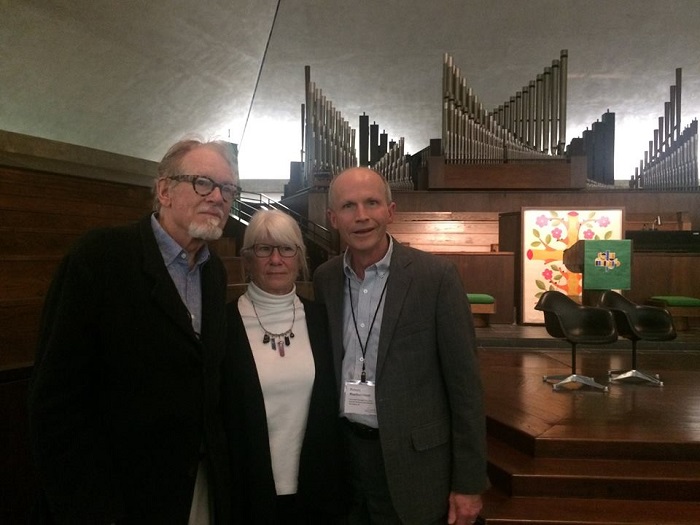 Professor Roethemeyer, Director of our library and Associate Professor of Pastoral Ministry and Missions, was invited to participate in a National Symposium on Design, Community, and Preservation in Columbus, Indiana, on September 27-28. A highlight for him was the opportunity to meet and interact with Eero Saarinen’s son and daughter, Eric and Susan. Professor Roethemeyer is pictured to the right of the Saarinen siblings at North Christian Church in Columbus, a church desig
Professor Roethemeyer, Director of our library and Associate Professor of Pastoral Ministry and Missions, was invited to participate in a National Symposium on Design, Community, and Preservation in Columbus, Indiana, on September 27-28. A highlight for him was the opportunity to meet and interact with Eero Saarinen’s son and daughter, Eric and Susan. Professor Roethemeyer is pictured to the right of the Saarinen siblings at North Christian Church in Columbus, a church desig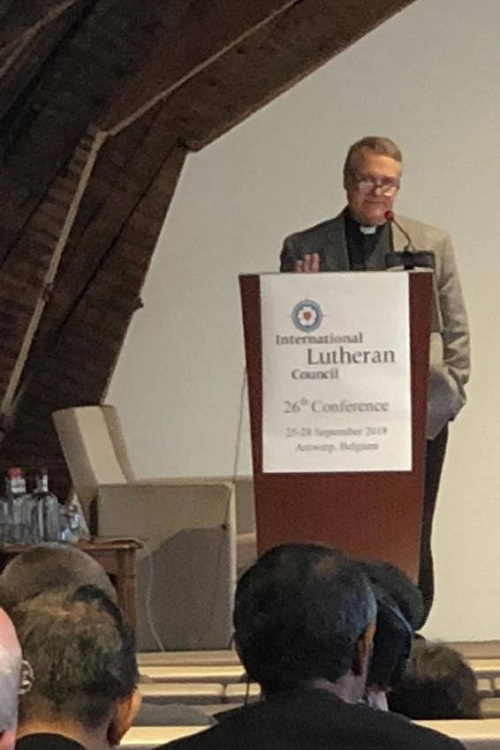 President Rast presented at the International Lutheran Council (ILC) World Conference today in Antwerp, Belgium. This morning the ILC welcomed seventeen new church bodies into membership, ten from Africa, three from Europe, and four from Asia, bringing the total number of church bodies in the ILC to 54, now representing 7.15 million Lutherans.
President Rast presented at the International Lutheran Council (ILC) World Conference today in Antwerp, Belgium. This morning the ILC welcomed seventeen new church bodies into membership, ten from Africa, three from Europe, and four from Asia, bringing the total number of church bodies in the ILC to 54, now representing 7.15 million Lutherans.